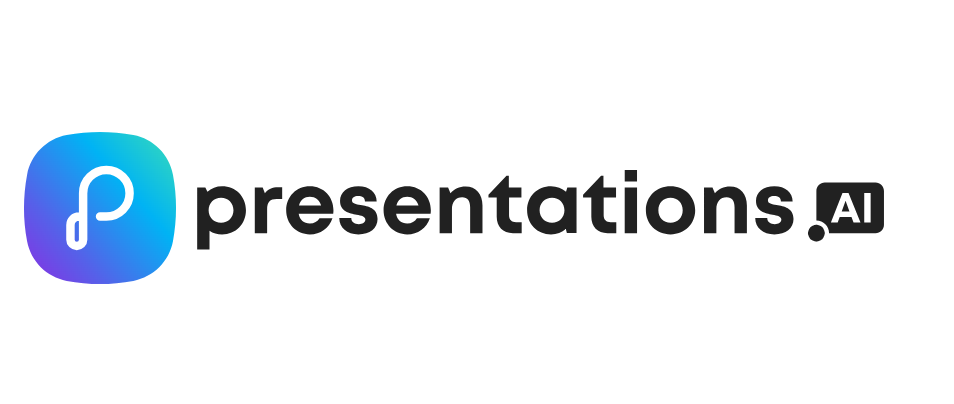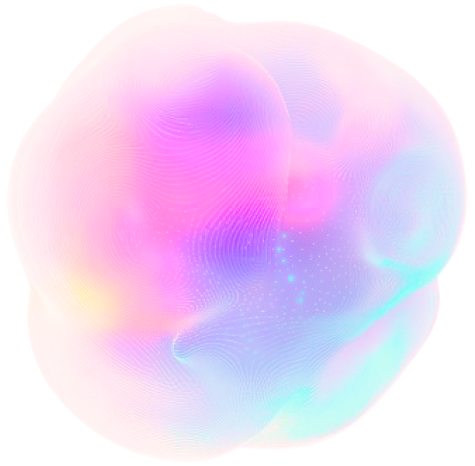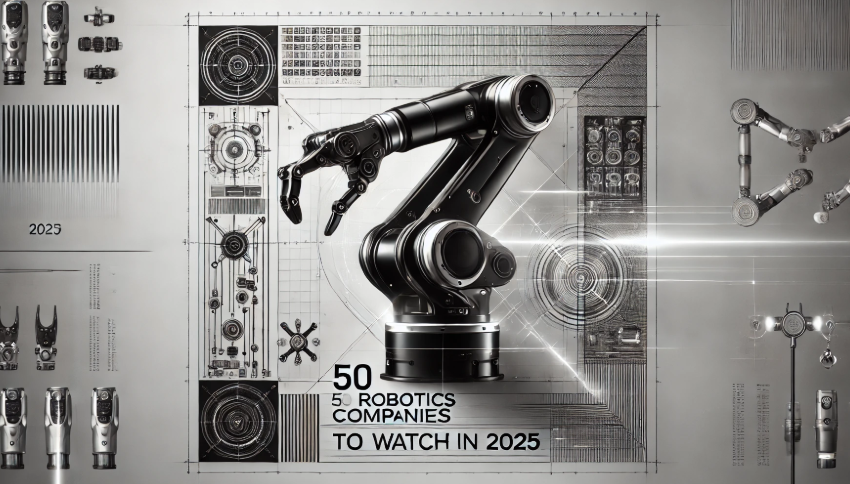Insider Brief
- Researchers designed an AI Scientist framework that is capable of independently performing the entire research process, from idea generation and experimentation to paper writing and peer review.
- The system can generate hundreds of research papers within a week at a low cost, potentially democratizing scientific research and accelerating progress in machine learning.
- While the AI Scientist shows promise, it faces limitations like repetitive idea generation and raises ethical concerns about overwhelming the peer review process.
A study published on ArXiv offers an advanced framework designed to perform the entire research pipeline autonomously. From generating novel ideas and conducting experiments to writing papers and performing peer reviews, this system represents a significant leap forward in the use of artificial intelligence (AI) for scientific discovery.
At the core of The AI Scientist is the ability to operate without human intervention. The system can “brainstorm” research ideas, execute computational experiments, and write full scientific papers. It even includes an automated peer review process, which uses a large language model (LLM) to evaluate the quality of the generated papers. According to the paper, “This approach signifies the beginning of a new era in scientific discovery in machine learning, bringing the transformative benefits of AI agents to the entire research process of AI itself.”
The AI Scientist was tested across three distinct areas within machine learning: diffusion modeling, transformer-based language modeling, and learning dynamics, according to the study. The system’s capacity to generate hundreds of research papers within a week, at an average cost of around $15 per paper, suggests that AI could democratize research, making it more accessible and significantly accelerating scientific progress.
Technical Overview
Here’s how the team breaks down the process technically. The AI Scientist’s workflow is divided into three main phases: Idea Generation, Experimental Iteration, and Paper Write-up. Each phase is carefully structured to ensure that the AI operates independently and effectively.
- Idea Generation: The AI begins by generating a diverse set of novel research directions. This is achieved by leveraging modern LLM frameworks like chain-of-thought reasoning and self-reflection. The AI Scientist is capable of refining and developing each idea iteratively, using web access to discard any concepts that are too similar to existing literature.
- Experimental Iteration: After settling on a research idea, The AI Scientist plans and executes experiments. The system uses Aider, an LLM-based coding assistant, to implement necessary code changes, run the experiments, and visualize the results. The AI is programmed to fix any errors that occur during this phase, ensuring robustness in its research process.
- Paper Write-up: The final phase involves writing a scientific paper based on the experimental results. The AI Scientist generates the text section by section, using LaTeX for formatting. It also performs a literature search to find and cite relevant papers, ensuring that the generated manuscript meets the standards of a professional research paper.
Using this process, the team writes that the system has the ability to produce papers that exceed the acceptance threshold at top machine learning conferences, as judged by its automated reviewer.
The researchers write, “The AI Scientist can generate hundreds of interesting, medium-quality papers over the course of a week.”
One of the key technical concepts mentioned in the paper is the “chain-of-thought” reasoning, which allows the AI to generate ideas in a logical, step-by-step manner. This method helps the system refine its hypotheses and ensure that the research ideas it generates are both novel and feasible.
Limitations And Future Directions
While The AI Scientist offers an impressive level of autonomy, the researchers acknowledge certain limitations. The system’s experimental capabilities are currently restricted to computational tasks, and its performance is contingent on the quality of the initial codebase provided.
Another drawback: the AI is prone to generating similar ideas across different runs, which could limit the diversity of its research output.
The team recognizes there are potential ethical concerns associated with fully automated research.
“The ability to automatically generate and submit papers to academic venues could greatly increase the workload for reviewers, potentially overwhelming the peer review process and compromising scientific quality control,” the authors note.
Looking ahead, the researchers plan to enhance The AI Scientist by incorporating more complex datasets and improving its ability to generate truly novel research ideas. They also suggest that future versions of the system could include vision capabilities, allowing the AI to interpret and analyze visual data, further broadening its applicability.
The research was conducted by a team comprising Chris Lu from Sakana AI and FLAIR at the University of Oxford; Cong Lu from the University of British Columbia and the Vector Institute; Robert Tjarko Lange from Sakana AI; Jakob Foerster from FLAIR at the University of Oxford; Jeff Clune from the University of British Columbia, the Vector Institute, and the Canada CIFAR AI Chair; and David Ha from Sakana AI.






